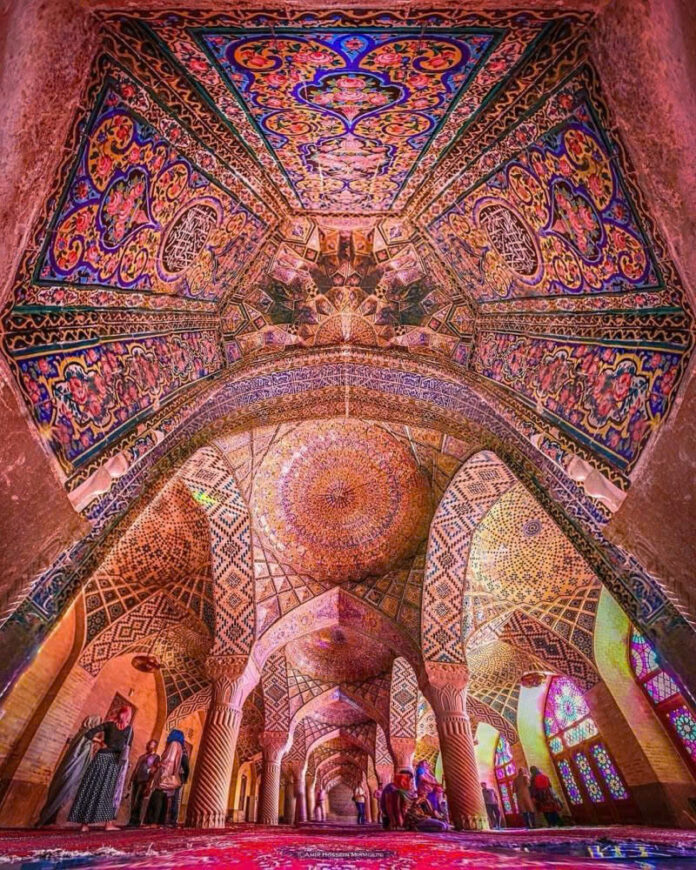A Jewel of Persian Architecture Hidden in Shiraz
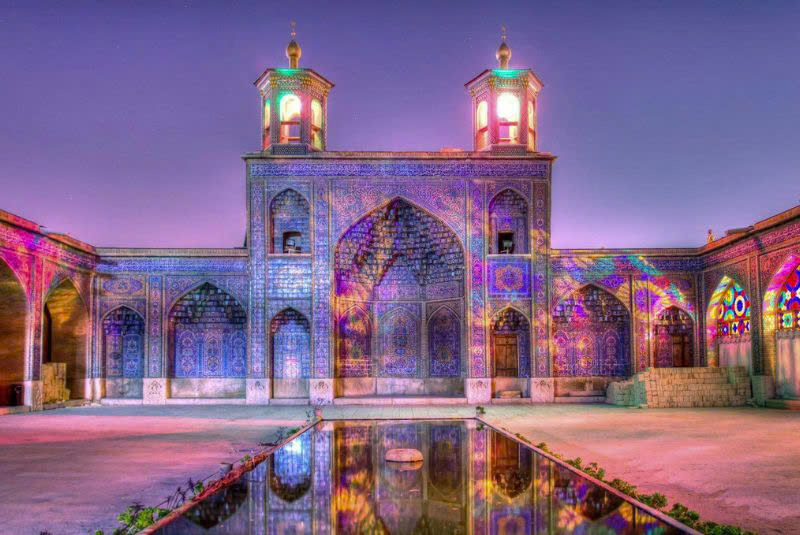
In the historic Gawd-i Arabān quarter of Shiraz, Iran, stands a breathtaking masterpiece of Islamic architecture that captivates visitors with its extraordinary play of light and color. The Nasir Ol-Mulk Mosque, affectionately known as the “Pink Mosque” due to its distinctive rose-hued tiles adorning the interior, represents one of the most visually stunning sacred spaces in the world.
The Birth of a Luminous Wonder
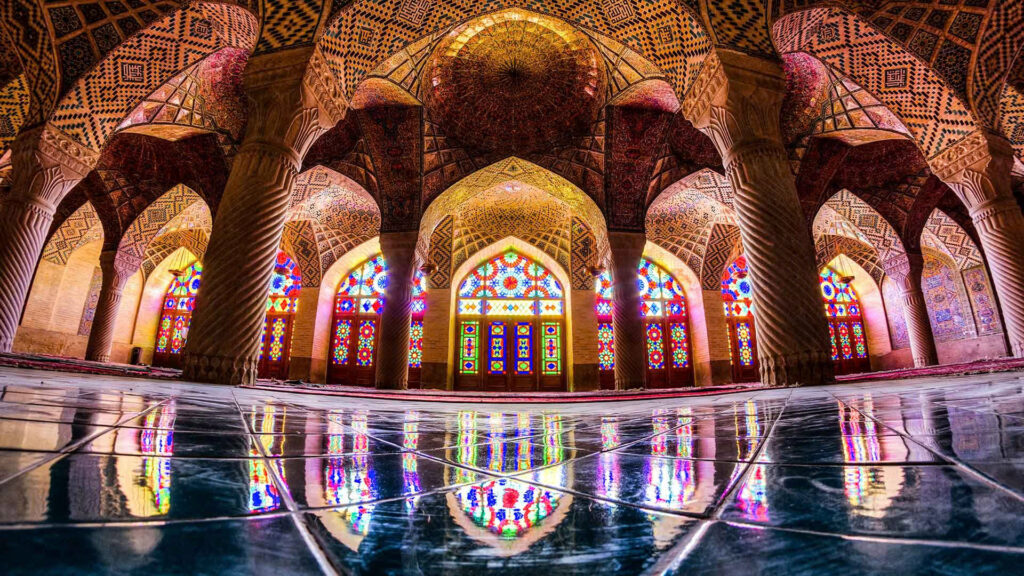
Construction of this architectural gem began in 1876 under the patronage of Hassan Ali Nasir al-Molk, an aristocrat from one of Shiraz’s noble families. The mosque took twelve years to complete, finally opening its doors in 1888. The brilliant minds behind this masterpiece included Mohammad Hasan-e-Memār, the talented Iranian architect who had previously designed the renowned Eram Garden, working alongside craftsmen Mohammad Hosseini Shirazi and Mohammad Rezā Kāshi-Sāz-e-Širāzi.
The Magical Dance of Light and Color
The Ancient Art of Orsi Windows
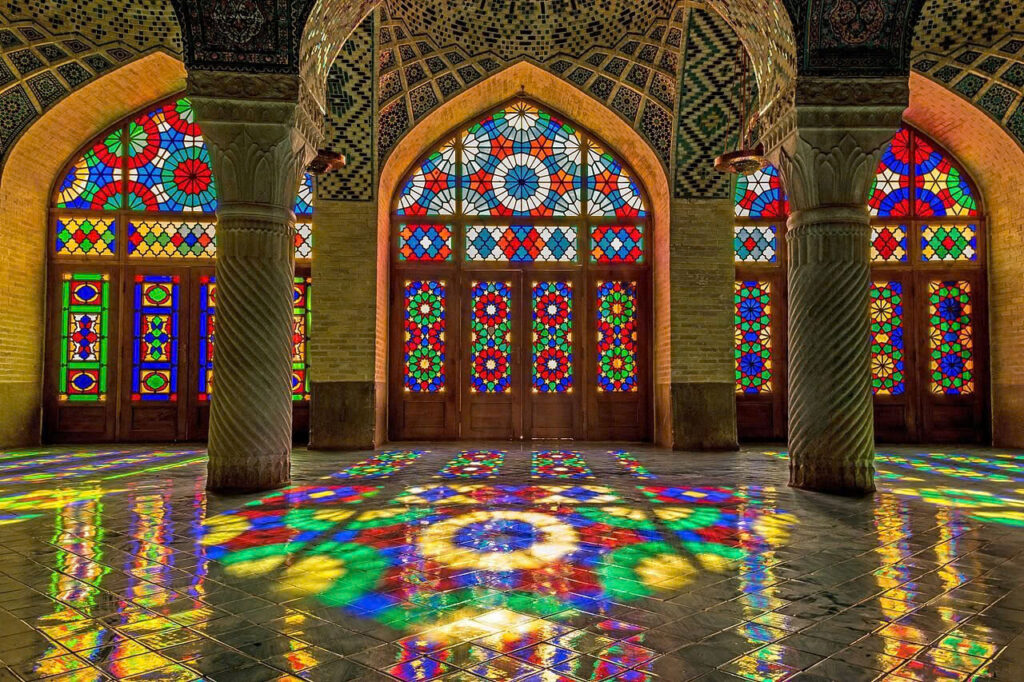
What truly distinguishes Nasir Ol-Mulk from other mosques is its magnificent implementation of Orsi windows—a traditional Persian architectural element featuring intricate wooden frames holding pieces of vibrant colored glass. Unlike the stained glass of European cathedrals or Ottoman mosques that primarily serve as illuminated images, the Orsi windows of Nasir Ol-Mulk were designed with a different purpose in mind: to transform ordinary sunlight into a supernatural display of dancing colors.
Video
A Divine Light Experience

The seven wooden doors connecting the courtyard to the interior prayer hall feature these spectacular Orsi windows, which project kaleidoscopic patterns across the mosque’s floor and walls when morning sunlight streams through them. The geometric patterns adorning these windows—adhering to Islamic artistic traditions that avoid human or animal representation—create an otherworldly atmosphere that many visitors describe as profoundly spiritual.

This extraordinary phenomenon is particularly meaningful within Islamic tradition, where light symbolizes the divine presence. As the Quran poetically states, “Allah is the light of the heavens and the earth.” In Nasir Ol-Mulk, this metaphor manifests physically through the rainbow of colored light that bathes worshippers and visitors alike, creating an overwhelming sense of awe and wonder.
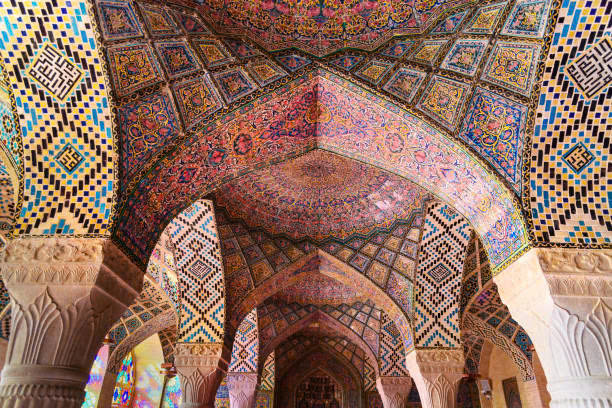
Despite being constructed during the Qajar dynasty era, the Pink Mosque continues to fulfill its original purpose today, operating under the protection of the Endowment Foundation of Nasir al Molk. It stands as both a functional place of worship and a testament to the sophisticated artistic and architectural achievements of Persian culture—a place where science, spirituality, art, and light converge in magnificent harmony.
